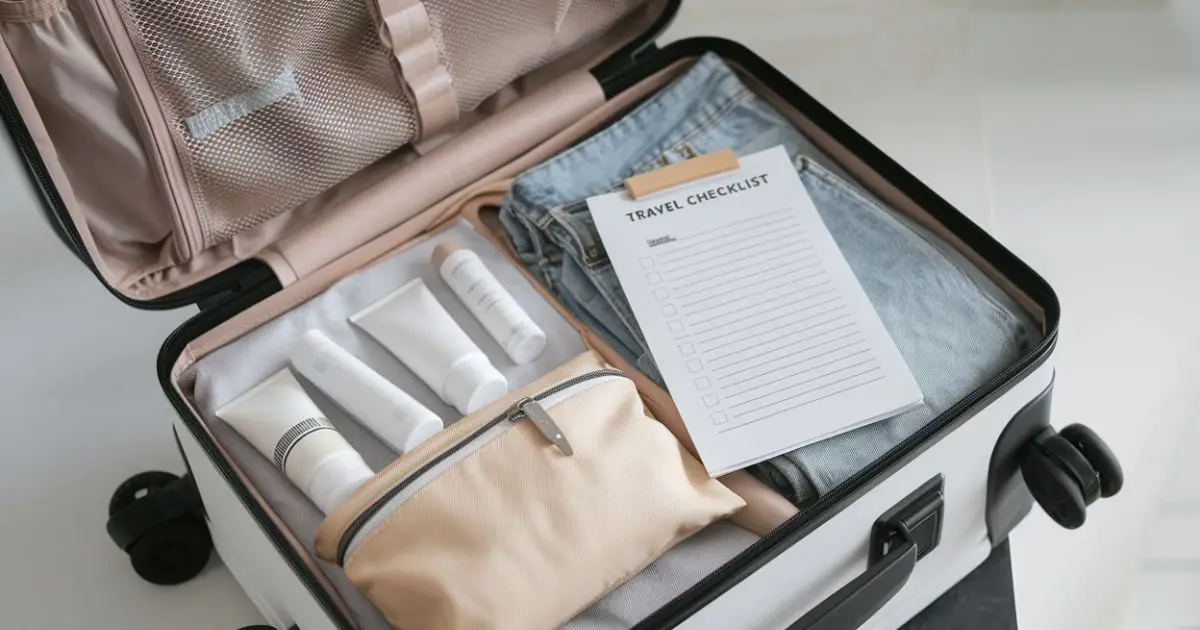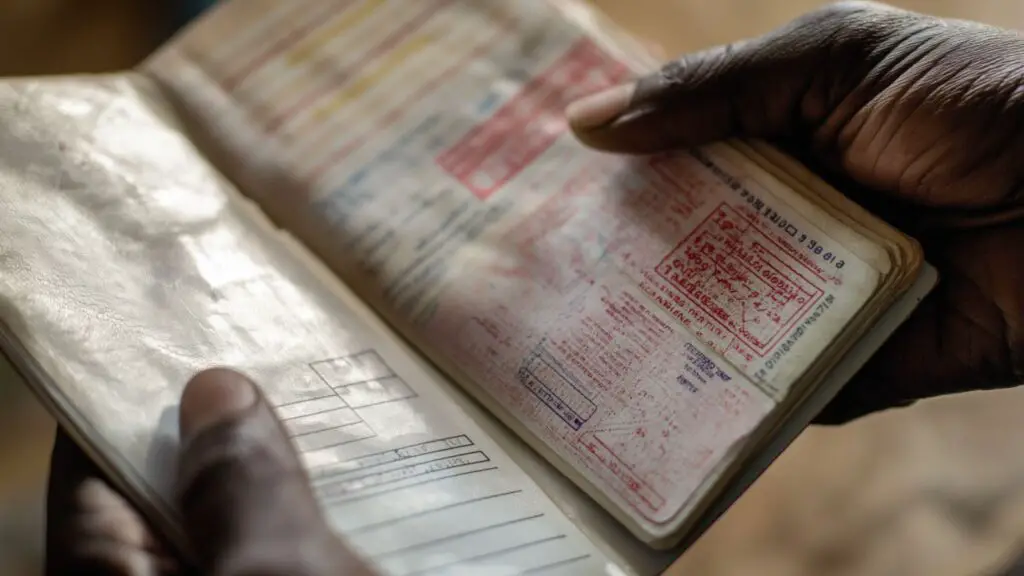10 Expert Tips to Prepare for International Travel Like a Pro
Table of Contents
Introduction
Planning an international trip is exciting—but it can also be overwhelming. From securing the right documents to navigating foreign customs and currencies, there’s a lot that can go wrong without proper preparation. In fact, a recent study by Allianz Travel found that over 40% of travelers face avoidable issues abroad due to incomplete planning.
Whether you’re headed to Europe, Southeast Asia, or South America, taking the time to prepare correctly can save you time, money, and stress. This post walks you through 10 essential steps to prepare for international travel, with professional insight on visas, insurance, money matters, cultural etiquette, and more.
By the end of this guide, you’ll feel confident about what to do before you board the plane—so you can focus fully on enjoying your destination.
In-Depth Outline
1. Check Passport and Visa Requirements
- Ensure your passport has at least 6 months’ validity
- Check if a visa is required for your destination
- Understand eVisa vs. visa-on-arrival processes
- Know the difference between tourist, business, and transit visas
Subsections:
- 🛂 When and Where to Apply for Visas
- 📅 Timing Tips to Avoid Delays
Table: Sample Visa Requirements by Country
| Country | Visa Required? | Max Stay (Tourist) | Notes |
| Japan | No | 90 days | Must show proof of return |
| Brazil | Yes (eVisa) | 90 days | Apply online before travel |
| Australia | Yes (ETA) | 90 days | Electronic application only |
2. Get Travel Insurance
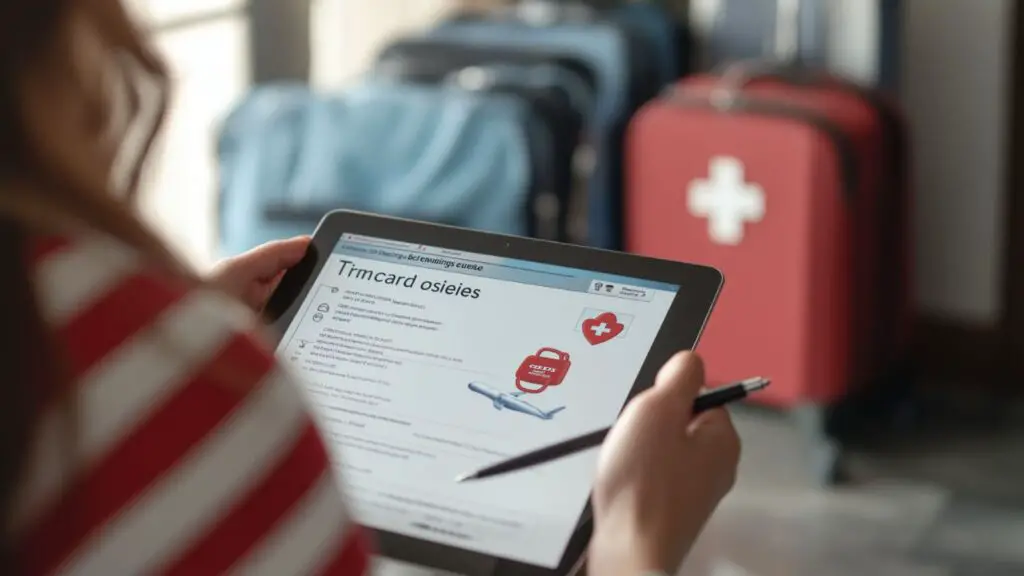
- Covers medical emergencies, trip cancellations, and theft
- Often required for visa approval (e.g. Schengen countries)
- Choose between basic and comprehensive plans
- Consider adventure or high-risk coverage for activities
Subsections:
- 🏥 Types of Coverage to Consider
- ✈️ Insurance vs. Credit Card Protections
Table: Insurance Comparison
| Plan Type | Covers Medical? | Trip Cancellation | Lost Luggage | Avg. Cost |
| Basic | ✅ Yes | ❌ No | ❌ No | $40–$70 |
| Comprehensive | ✅ Yes | ✅ Yes | ✅ Yes | $100–$200 |
| Credit Card Only | ⚠️ Varies | ✅ Often | ⚠️ Limited | Free w/ card |
3. Prepare Your Finances
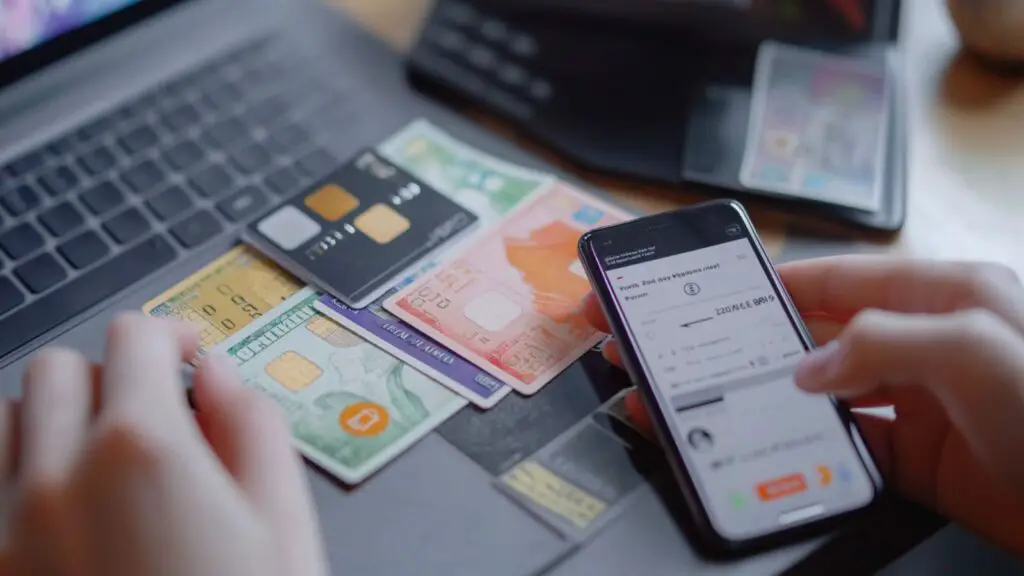
- Notify your bank about your travel dates
- Carry a mix of cash and cards (multi-currency or travel cards)
- Use ATMs at local banks for better exchange rates
- Check foreign transaction fees and daily limits
Subsections:
- 💳 Best Travel Cards for 2025
- 💱 How to Avoid Bad Exchange Rates
Table: Travel Money Tips
| Method | Pros | Cons |
| Local ATMs | Best exchange rate | Fees may apply |
| Currency Exchange | Immediate cash | Poor exchange rate |
| Travel Credit Card | Safe, convenient | May require backup options |
4. Research Health and Vaccination Requirements
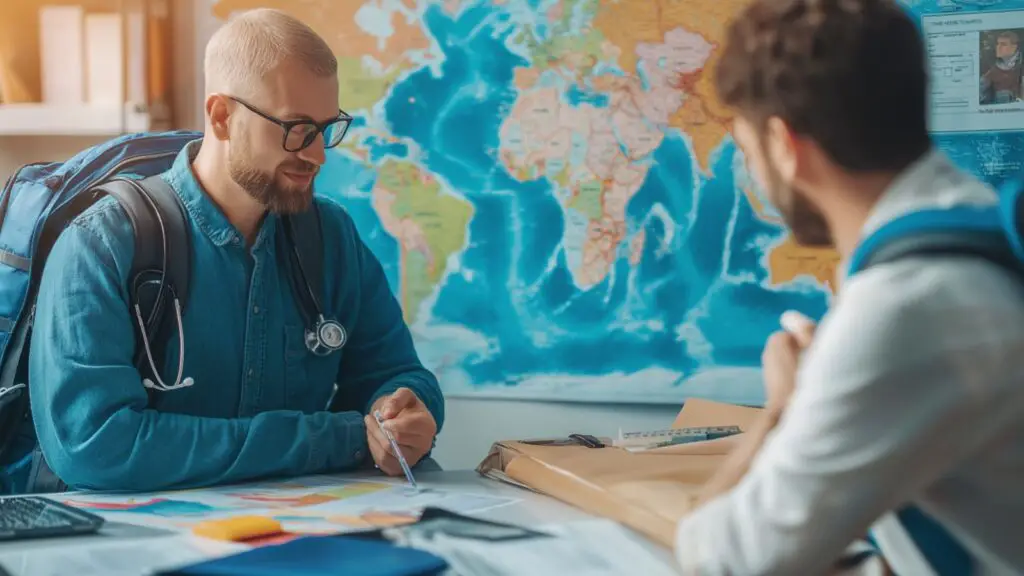
- Check CDC and WHO recommendations by country
- Book travel vaccines well in advance (some need multiple doses)
- Carry a basic first aid kit and any prescription medications
- Understand healthcare access in your destination
Subsections:
- 💉 Must-Have Vaccines for Common Destinations
- 🧳 Travel Health Kit Checklist
Table: Sample Vaccination Requirements
| Destination | Required Vaccines | Recommended Vaccines |
| Thailand | None | Hep A, Typhoid |
| Kenya | Yellow Fever (proof req.) | Hep A, Malaria prophylaxis |
| Brazil | None | Yellow Fever, Dengue |
5. Make Digital and Physical Copies of Documents

- Passport, visa, insurance, flight itineraries
- Keep physical copies in your carry-on
- Store digital copies securely on cloud platforms or password apps
- Use travel document organizers
Subsections:
- 📁 Essential Documents Checklist
- ☁️ Best Apps to Store Travel Docs
6. Learn Basic Local Language and Customs

- Learn 10–15 essential phrases (greetings, thank you, help)
- Understand common cultural gestures and etiquette
- Research tipping customs and dress codes
- Avoid common cultural faux pas
Subsections:
- 🗣️ Language Apps and Phrasebooks
- 👘 Cultural Dos and Don’ts
Table: Cultural Differences to Know
| Country | Tipping Expected? | Dress Modesty | Personal Space Norms |
| Japan | No | High | Minimal physical contact |
| France | Yes (5–10%) | Moderate | Common for greetings |
| UAE | Yes (10–15%) | High | Avoid public affection |
7. Secure Accommodations and Transportation

- Book first few nights before arrival
- Research transportation (public transit vs. ride apps)
- Download offline maps and metro apps
- Learn local airport transfer options
Subsections:
- 🏨 Accommodation Types and Safety Tips
- 🚕 Getting Around Without Internet
8. Pack Strategically for Your Destination
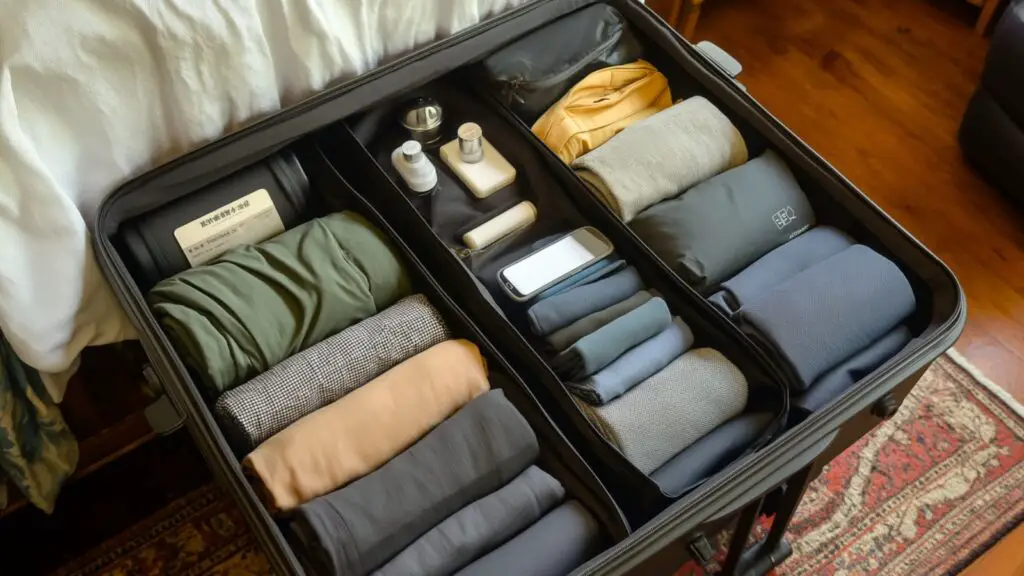
- Follow the “rule of three” (3 tops, 3 bottoms, 3 shoes)
- Consider the climate and cultural dress codes
- Use packing cubes and compression bags
- Carry essentials in your carry-on
Subsections:
- 👕 Creating a Travel Capsule Wardrobe
- 🎒 Carry-On Essentials for International Flights
Table: Climate-Based Packing Tips
| Climate | Must-Pack Items | Avoid Packing |
| Tropical | Light clothing, bug spray | Heavy fabrics |
| Cold/Winter | Thermal layers, gloves | Too many shoes |
| Desert/Hot Dry | Sunscreen, loose linen | Dark colors, thick jeans |
Detailed Content Expansion
1. Check Passport and Visa Requirements
One of the most common—and most avoidable—travel hiccups is arriving at the airport only to discover your documents are invalid or incomplete. Many countries require that your passport be valid for at least six months beyond your entry date. This rule is enforced to ensure travelers don’t overstay unintentionally due to expiring passports.
Next, research the visa requirements for your destination. For example, U.S. passport holders can enter Japan visa-free for up to 90 days but need an Electronic Travel Authorization (ETA) for countries like Australia. For more complex destinations, visa applications may require supporting documents such as proof of funds, accommodations, or an outbound flight.
Pro tip: Double-check whether your visa allows single or multiple entries, especially if you plan on visiting neighboring countries. If you’re traveling to the Schengen Area, one visa may allow you to move across 27 European countries without extra paperwork.
Table: Sample Visa Requirements by Country
| Country | Visa Required? | Max Stay (Tourist) | Notes |
| Japan | No | 90 days | Must show proof of return |
| Brazil | Yes (eVisa) | 90 days | Apply online before travel |
| Australia | Yes (ETA) | 90 days | Electronic application only |
Start this process early—some visas take up to 2–3 weeks to process.
3. Prepare Your Finances
Nothing sours a trip faster than finding your card declined or realizing you’re paying 15% more due to bad exchange rates. Before you travel, inform your bank and credit card companies of your dates and destinations to avoid transaction blocks.
Use travel-focused credit cards with no foreign transaction fees. Popular choices in 2025 include the Chase Sapphire Preferred, Capital One Venture, and Amex Gold. These cards often provide built-in travel protections and rewards.
It’s smart to carry a mix of payment options. While cards are widely accepted in most developed countries, cash is still king in markets, taxis, and rural areas. For exchanging money, use local bank ATMs—they often offer better rates than airport kiosks or exchange offices.
Table: Travel Money Tips
| Method | Pros | Cons |
| Local ATMs | Best exchange rate | Fees may apply |
| Currency Exchange | Immediate cash | Poor exchange rate |
| Travel Credit Card | Safe, convenient | May require backup options |
Always have a financial backup plan, such as a second card or a stash of emergency USD or Euros.
Conclusion
Preparing for international travel takes more than booking a flight—it requires careful planning, research, and proactive decision-making. From securing your documents and insurance to managing finances and understanding cultural etiquette, each step contributes to a smoother, more enjoyable journey. With these 10 professional tips, you’ll minimize surprises and maximize the joy of your trip abroad.

